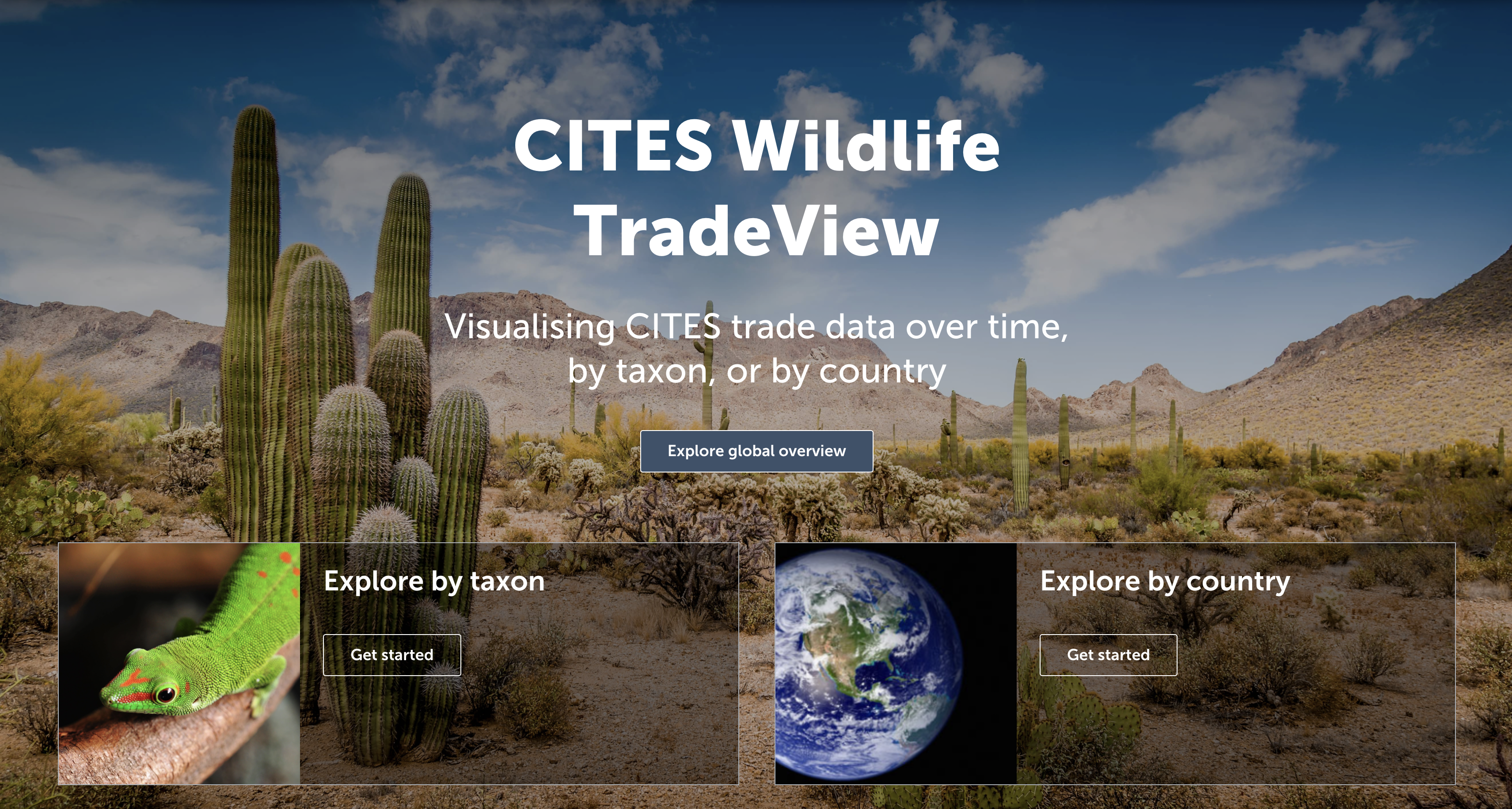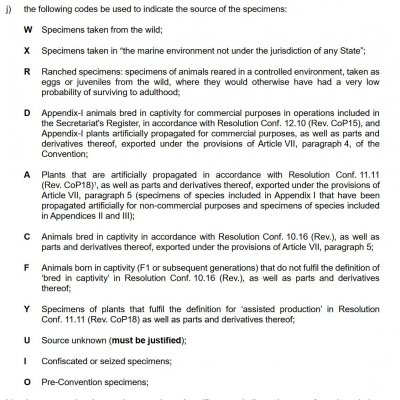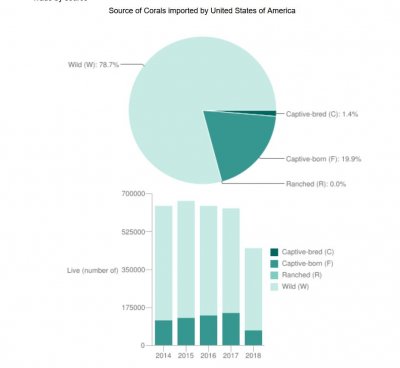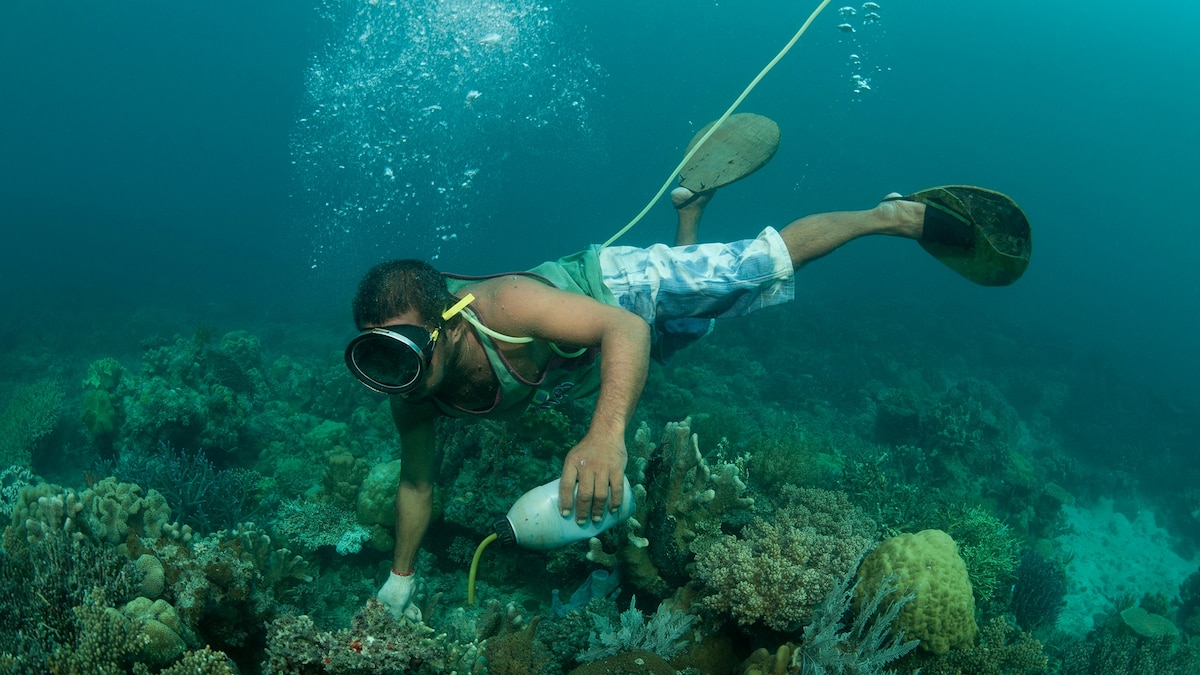I took a look at his article "industry under assault" he brought up a couple of interesting points. The first being genonomics of the corals in our aquarium and the need to occasionally introduce new variety's into the gene pool. I thought this was somewhat interesting because until very recently corals were not spawning in captivity so genes are not really being swapped. The second point he mentioned is that Indonesia has a trade association called Indonesian Coral Shell and Ornamental Fish Association (AKKII) for collectors of corals. I wonder if it might be possible to find some more information on the distribution of mariculture/aquaculture corals to live caught specimens.
Thanks for the link to the articles I enjoyed reading some of them!






















